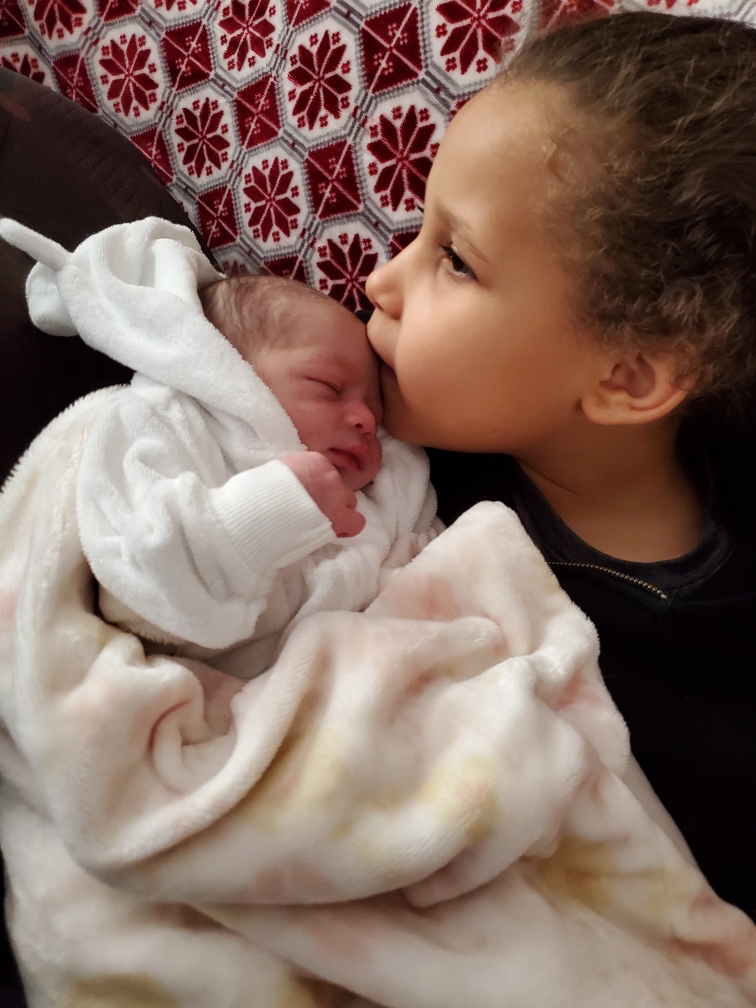Castleton survivors share stories of sexual trauma

In mid-April, the film “Promising Young Woman” took home an Academy Award for Best Original Screenplay. The film centers around a woman who tries to avenge the rape of her best friend, which was brushed off on her college campus.
The film brings up many conversations of sexual assaults on college campuses–how common they are and how many of them go unnoticed. According to the Rape, Abuse, and Incest National Network (RAINN), 13% of all students experience rape or sexual assault through physical force, violence, or incapacitation.
And Castleton is no exception.
“We have perpetrators that walk our campus and don’t believe they’ve done anything wrong. They saw the sexual interactions as consensual because they live in or were socialized in a rape culture,” said Amy Bremel, coordinator of Advocacy, Activism, and Non-violence Education. “It speaks to having better language, boundaries, and need for sexual education in terms of what is consent and what isn’t.”
Bremel says that from the victims she’s worked with, whose perpetrator, that has had a huge impact on [the victims] life, is walking away not even knowing or thinking that they’ve harmed anybody.
“In contrast, the victim is completely terrified, feeling threatened, feeling harmed, feeling violated, having tons of fear, wanting to transfer out of the school, having nightmares, flashbacks, feeling triggered – their life is significantly altered,” she said.
According to Director of Public Safety Keith Molinari, the system for when a student comes forward with sexual assault, was set up by the Vermont State Colleges system.
“The playbook for how to handle, and what we do, for a sexual assault falls into the category of, what we call in the VSC system, is a 311 or 311A,” he said. “But if we’re talking about the initial response to a sexual assault, let’s remember that most don’t come through Public Safety – they come through counseling, faculty member, trusted coach. The initial doesn’t always start in Public Safety.”
Molinari said that if a sexual assault does come through Public Safety, [they] are trained in trauma-informed interviews, but they won’t make a judgement or start anything with an investigation, they will simply take the information down and provide resources to the victim.
“Our involvement as Public Safety becomes very limited in a sexual harassment investigation,” he said. “Where Public Safety would get more involved is in the knowledge of no-contact orders or orders of restraint.”
Bremel and Wellness Center nurses and counselors are confidential sources, unlike Public Safety or other mandated reporters, which means that they only report a sexual assault for Clery Report statuses, with no identification of the victim.
But ultimately, it is the victim’s decision to go forward with reporting.
One student on campus, we’ll call “Mary,” came forward with her story.
“We were friends last year, and met freshman year because our friend groups intertwined,” she said. “I left Castleton for the second semester, so I didn’t see him from December of 2019 until August of 2020, which is when last semester started, so I didn’t talk to him for about eight months. But none of my friends came back to campus, and he lived on my floor.”
Mary said that one night, she was hanging out with him, to have someone to hang out with.
“We had been drinking, and I passed out,” she said, her voice beginning to shake. “He assaulted me while I was passed out. I woke up in the morning on my floor, with no pants on, and a dollar bill on my TV, so I’m guessing that he was doing coke, or maybe I was, but I was passed out so I don’t know.”
She told her CA that he had been harassing her, and what had happened. Her CA said she should report it.
“So I went to Pub Safe, and reported it to [staff members], who were the ACs on duty,” she continued. “They didn’t ask me if I wanted a female AC, or if I wanted to invite in, or call Martha or Amy.”
She said she talked to the head of Public Safety, who told her the options of reporting it to the schools and the name of the person who handles sexual assaults on campus, Victoria Angis, and gave her a no-contact order for her perpetrator.
Due to other circumstances regarding Mary’s perpetrator, she decided to not go through with officially reporting him.
She said that while the school did take her situation seriously, she was upset that the school offered to move her room, and not his because they couldn’t prove anything. They never gave her Bremel’s information, and she said Molinari referred to her perpetrator with a kid-like nickname.
She also said her CA sought out her perpetrator’s friend to talk about the assault, and told him that she reported him and that Public Safety would be handing him a no-contact order.
And the perpetrator found out.
“They didn’t give me hardly any resources when I reported it,” Mary said. “They didn’t tell me anything, they didn’t tell me there were counselors specifically trained in sexual assault, they just gave me Victoria’s number to report it.”
Another student, “Gloria” reports being raped the night of February 15, 2020 by a close friend who took advantage of her while she was under the influence.
Unlike Mary, she chose not to report her assault because of the complicated situation, but she too feared the strength and her assailant’s squeaky-clean reputation.
“I did fear him. He wasn’t the person I knew. I couldn’t believe he did that to me or our friendship. The thing that haunts me most often are the words he said to me when he was on top of me: ‘there’s no love in this, just lust. I’m going to use you.’ Even though it was a little over a year ago, I relive it in my head as if I’m actually there,” Gloria said.
Gloria and her assailant had had a casual sexual relationship when she made the decision to cut it off. The two started to drink and cope with the subject together when he began to get aggressive.
“I started telling him, ‘this isn’t right, this can’t happen.’ But he continued,” Gloria said. “He said, ‘you know the word that makes it all stop”— referring to my safe word. I’ve had the same safe word since I was 16. I was so drunk that night, I couldn’t even remember it.”
Gloria blacked out shortly after this and only recalls waking up next to him without pants the next morning. As she began to cry, she said he told her, “I’m sorry. I didn’t mean to rape you.”
After the assault, Gloria spoke with a member of faculty about the incident and was suggested a counselor who helped her process and grieve. While incredibly grateful for those services, Gloria still deals with the emotional trauma from the assault and her once well-known perpetrator.
“Emma” was a freshman at Castleton University when she was assaulted at an on-campus “party” and drugged by an unknown abuser.
See “Bremel” on page 6
“When he and I got there, no one was in the room and we talked for a bit. I was drunk and got a little woozy. Next thing I knew, I woke up without my pants on and I freaked out. I ran out of the room and across campus as he chased me down trying to say something,” Emma said.
Now a junior, she believes that the “boys will be boys” mentality has shirked responsibility from college-aged abusers and admits it played a big role in her choice to leave the assault unreported.
“Guys will get [girls] in bed—black out drunk—and do whatever they want. Then, when the girls wake up in the morning, sober, how can they report? They consented the next morning. I’ve had a couple people open up to me about that type of situation at Castleton,” Emma said. “I didn’t involve anyone on campus or my parents because it feels a little shameful. I’m embarrassed I wasn’t smarter.”
Emma also questions why communities aren’t curbing curriculum to address issues of systemic sexual and domestic abuse. With specific reference to the heavy “sport and team culture” of Castleton University, Emma says campus officials should be paying more attention to groups known for their unsafe spaces,
“The sports teams are the source of most of these problems. We don’t have frats, but the teams buy out the houses around town and turn them into predatory caves. The school needs to be more aware of these hubs,” Emma said.
While research suggested by RAINN estimates that roughly 90% of college rapes are committed by only about 3% of college men, a 2014 study conducted by researchers R.J. Cramer and T.M. Gemberling reported that male-inclusive groups, such as fraternities, segments of the military, and sports teams, are 300% more likely to commit sexualized violence than their non-affiliated male peers.
This staggering statistic not only challenges the aggression often bred within these male-dominated spaces, but also how this dynamic can be predictive of repeat offenders.
With many assailants becoming almost faceless amongst a mass of similarly aged and built men and an often interlaced sense of ride-or-die comradery, it is no wonder why reporting these crimes can be difficult.
Published in 2020 a USA Today journalistic anthology entitled “Predator Pipeline”, investigative reporter, Kenny Jacoby, tried to collect disciplinary records from 226 Division I public schools across the country.
Only 35 complied.
Between claiming laws of student confidentiality, asking for exorbitant sums of money, or ignoring requests all together, over 85% of the schools contacted “shielded the identities of alleged abusers at the expense of women’s safety and the public’s right to know”.
Among undergraduate students, 26.4% of females and 6.8% of males experience rape or sexual assault through physical force, violence, or incapacitation according to a 2020 study published by RAINN. Of these assaults, 1 in 5 college-aged survivors received assistance from a victim services agency and only 20% of student victims, aged 18-24, reported to law enforcement.
“People are revictimized either throughout the process of reporting… Just making life harder instead of easier,” said Bremel.








